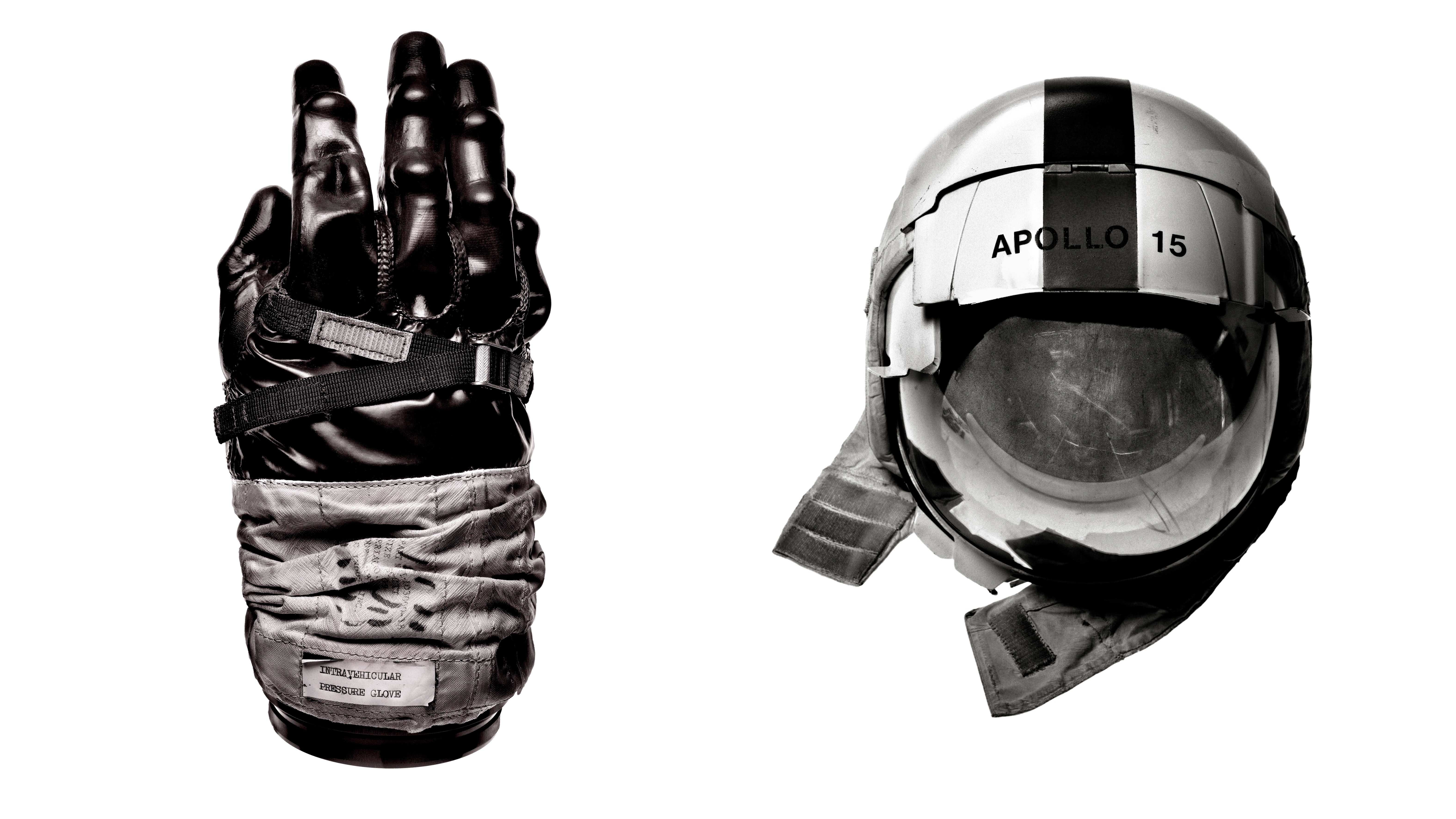Should I go fully digital? The monochrome dilemma that every film shooter faces
Ditching film for digital? Why a black-and-white camera is tempting me to retire my film camera for good

Should I just buy a black-and-white camera and ditch film? This winter, the thought has been gnawing at me more than ever. I’ve spent nearly two years shooting more film than digital, embracing the process, the imperfections and the hands-on involvement that analog photography demands.
But when the colder months arrive, the romance of it all starts to wear thin. The long nights in the darkroom, pushing the film to its limits, scanning negatives – it all feels more like a chore than the passion it is in the warmer months.
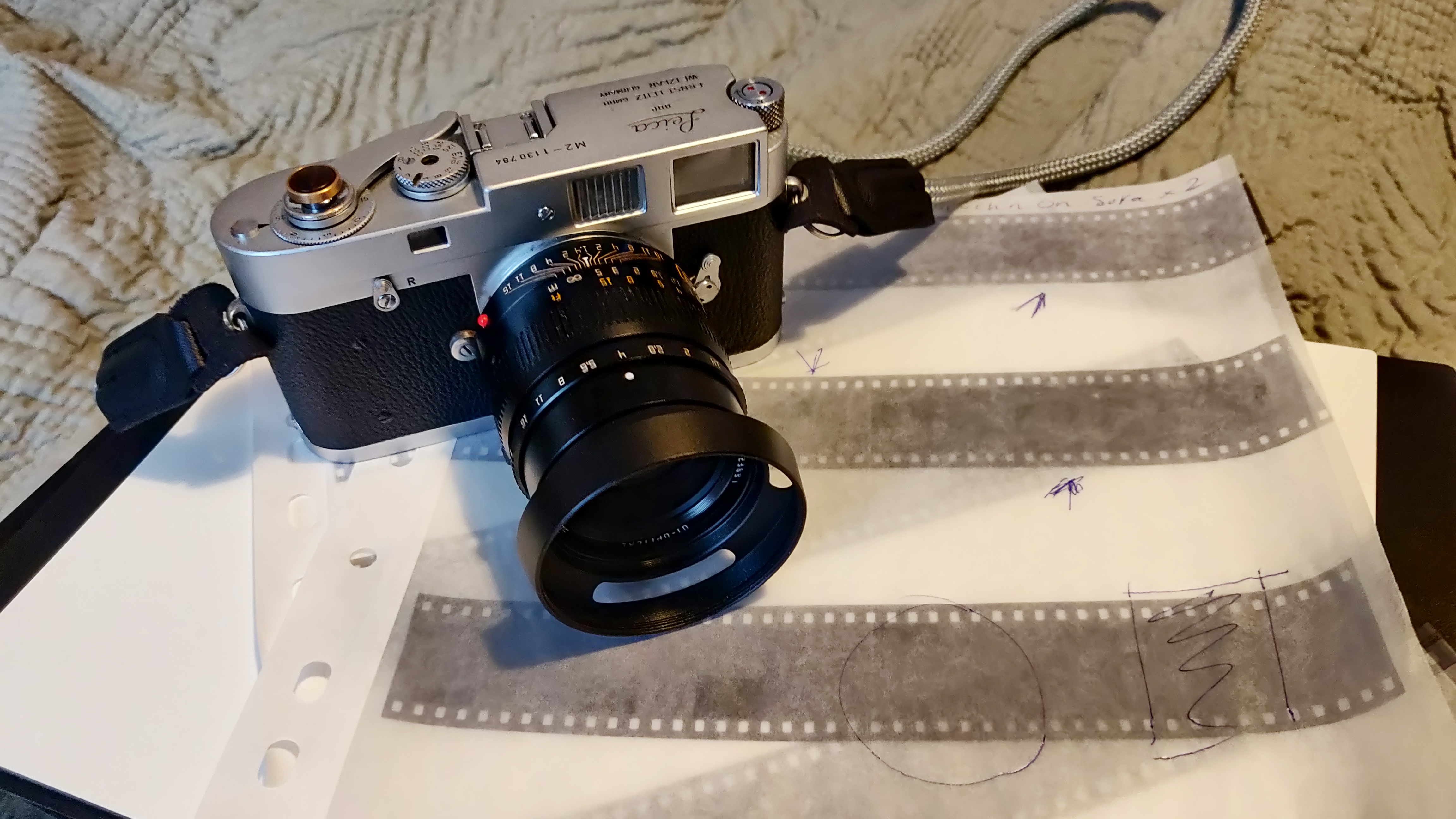
During these times, I find myself reaching for my trusty Leica M-E. Its Monochrome JPEG preset becomes my go-to setting, offering a quick and satisfying black-and-white image straight out of the camera. I still keep the original color RAW files just in case I want to extract more tonal depth than the JPEG provides, but most of the time, the results are more than good enough.
It’s an effortless way to work – just charge a battery, insert an SD card and I’m ready to shoot. No need to lug around film, worry about exposure latitude or concern myself with the tedious post-processing steps that film demands.
This ease of use inevitably raises the question: should I just invest in one of the best cameras for black-and-white photography? A dedicated monochrome sensor, like those found in Leica Monochrom cameras, would offer a purer black-and-white image, free from the limitations of a color filter array.
The increased dynamic range, the crisp detail, the smoother tonal transitions – it’s everything I love about film, but without the labor-intensive workflow. I could shoot in the same way I do with my Leica M-E, but with a camera that is purpose-built for black-and-white photography, arguably getting even better results with far less effort.
The idea is undeniably tempting, and from a practical standpoint, it makes perfect sense. The Leica Monochroms are renowned for their stunning image quality, and they remove the unnecessary steps of converting a color image to black-and-white. They are, in many ways, the ultimate digital tool for a photographer who sees the world in monochrome.
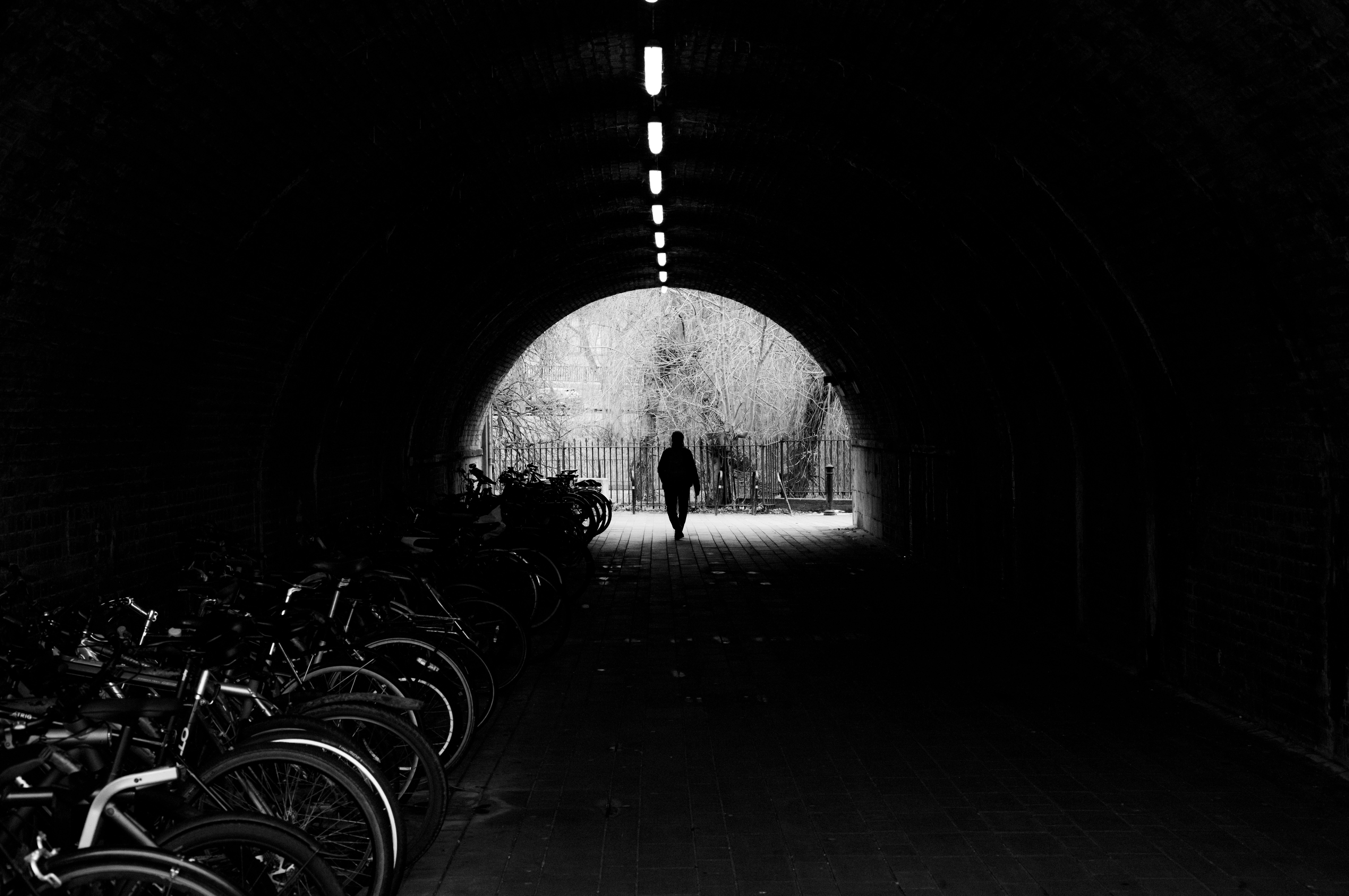
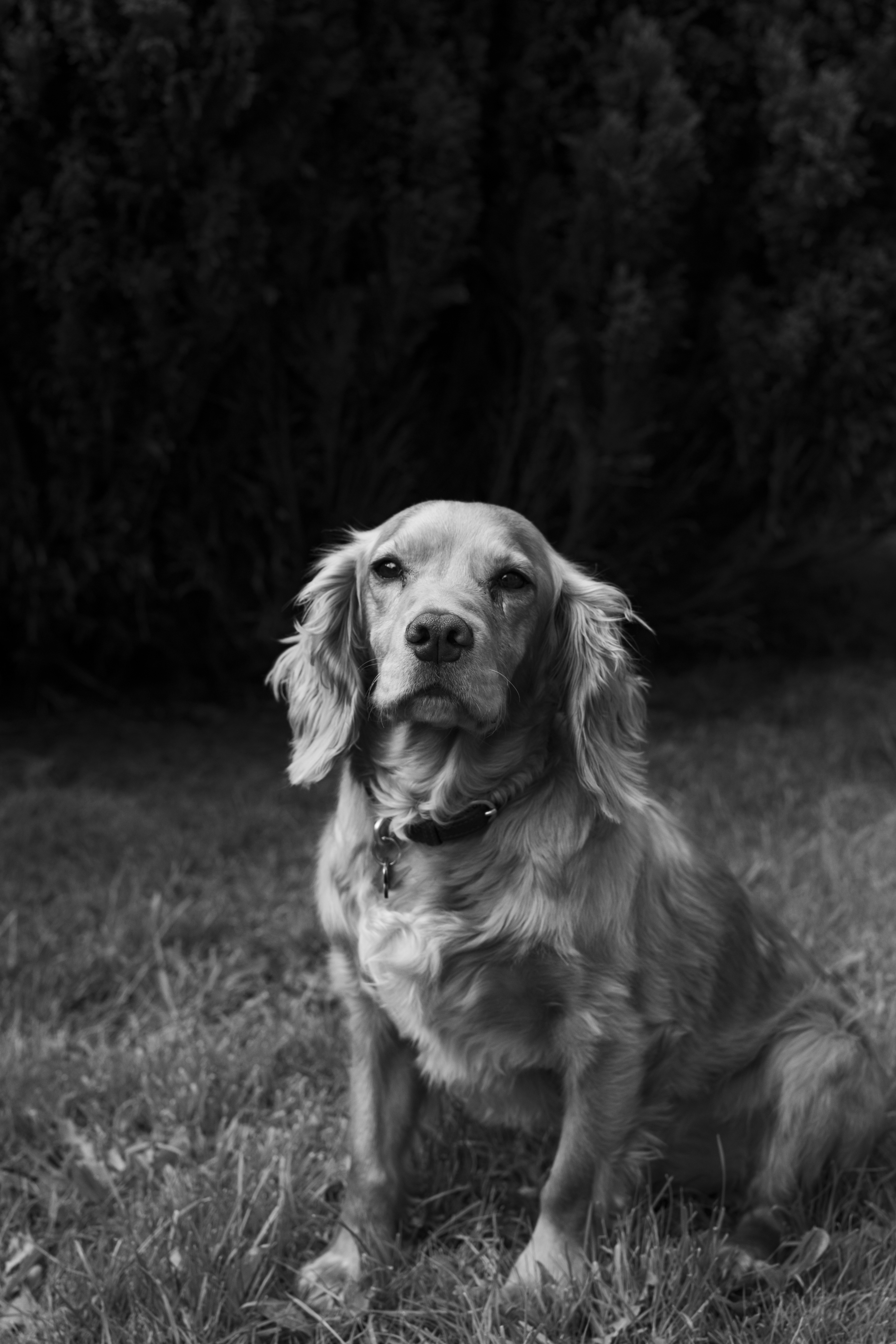
And yet, I hesitate. While I might moan about the effort required to shoot film in the winter months, there is still something deeply rewarding about the process. The ritual of loading a roll, metering carefully, and waiting to see how the negatives develop contributes to the final image in a way that I think digital simply can’t replicate. There’s magic in the unpredictability, imperfections, and hands-on involvement that film demands.
So while a Monochrom camera would undoubtedly be the easier, more logical choice, my heart isn’t ready to let go of film just yet. Perhaps this is just a seasonal gripe, a case of winter blues whispering that convenience should win over craftsmanship. But in the end, photography has never been about what’s easiest – it’s about what feels right. And for now, that still means film.
You might also like…
Take a look at our Leica M11 Monochrom review and our Leica Q2 Monochrom review, along with our Pentax K-3 Monochrome review if you fancy going black-and-white yourself.
Get the Digital Camera World Newsletter
The best camera deals, reviews, product advice, and unmissable photography news, direct to your inbox!
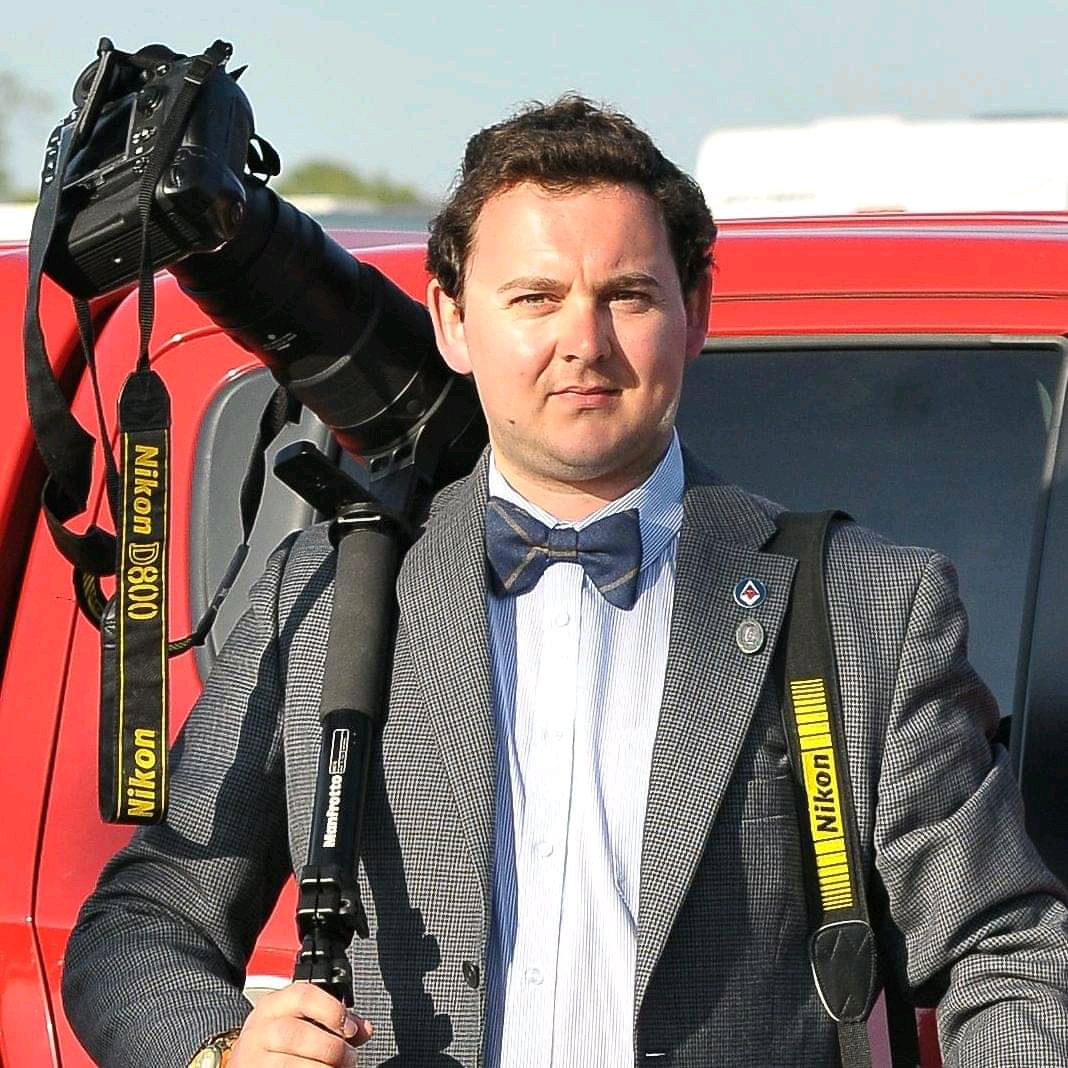
For nearly two decades Sebastian's work has been published internationally. Originally specializing in Equestrianism, his visuals have been used by the leading names in the equestrian industry such as The Fédération Equestre Internationale (FEI), The Jockey Club, Horse & Hound, and many more for various advertising campaigns, books, and pre/post-event highlights.
He is a Fellow of the Royal Society of Arts, holds a Foundation Degree in Equitation Science, and holds a Master of Arts in Publishing. He is a member of Nikon NPS and has been a Nikon user since his film days using a Nikon F5. He saw the digital transition with Nikon's D series cameras and is still, to this day, the youngest member to be elected into BEWA, the British Equestrian Writers' Association.
He is familiar with and shows great interest in 35mm, medium, and large-format photography, using products by Leica, Phase One, Hasselblad, Alpa, and Sinar. Sebastian has also used many cinema cameras from Sony, RED, ARRI, and everything in between. He now spends his spare time using his trusted Leica M-E or Leica M2, shooting Street/Documentary photography as he sees it, usually in Black and White.
You must confirm your public display name before commenting
Please logout and then login again, you will then be prompted to enter your display name.
